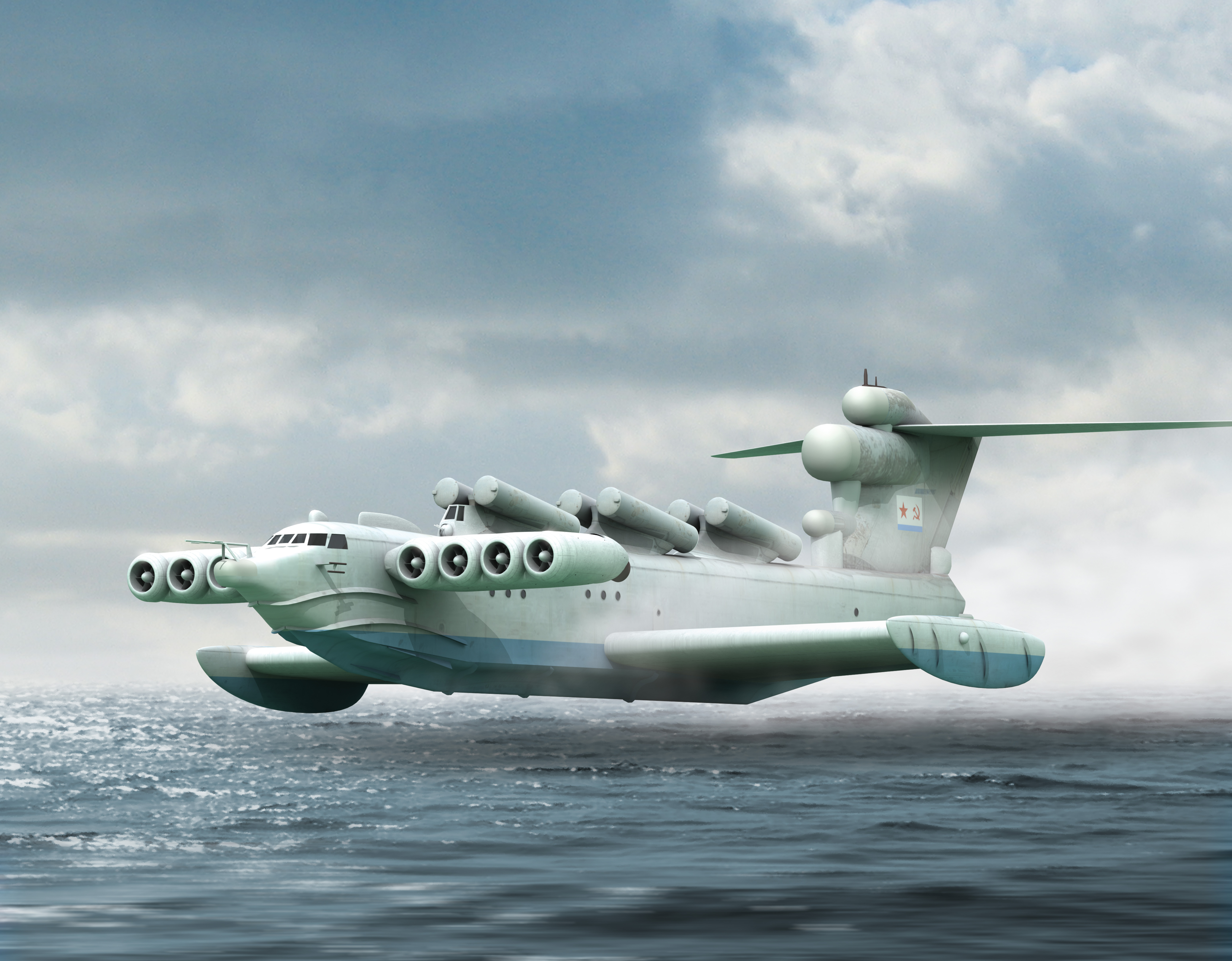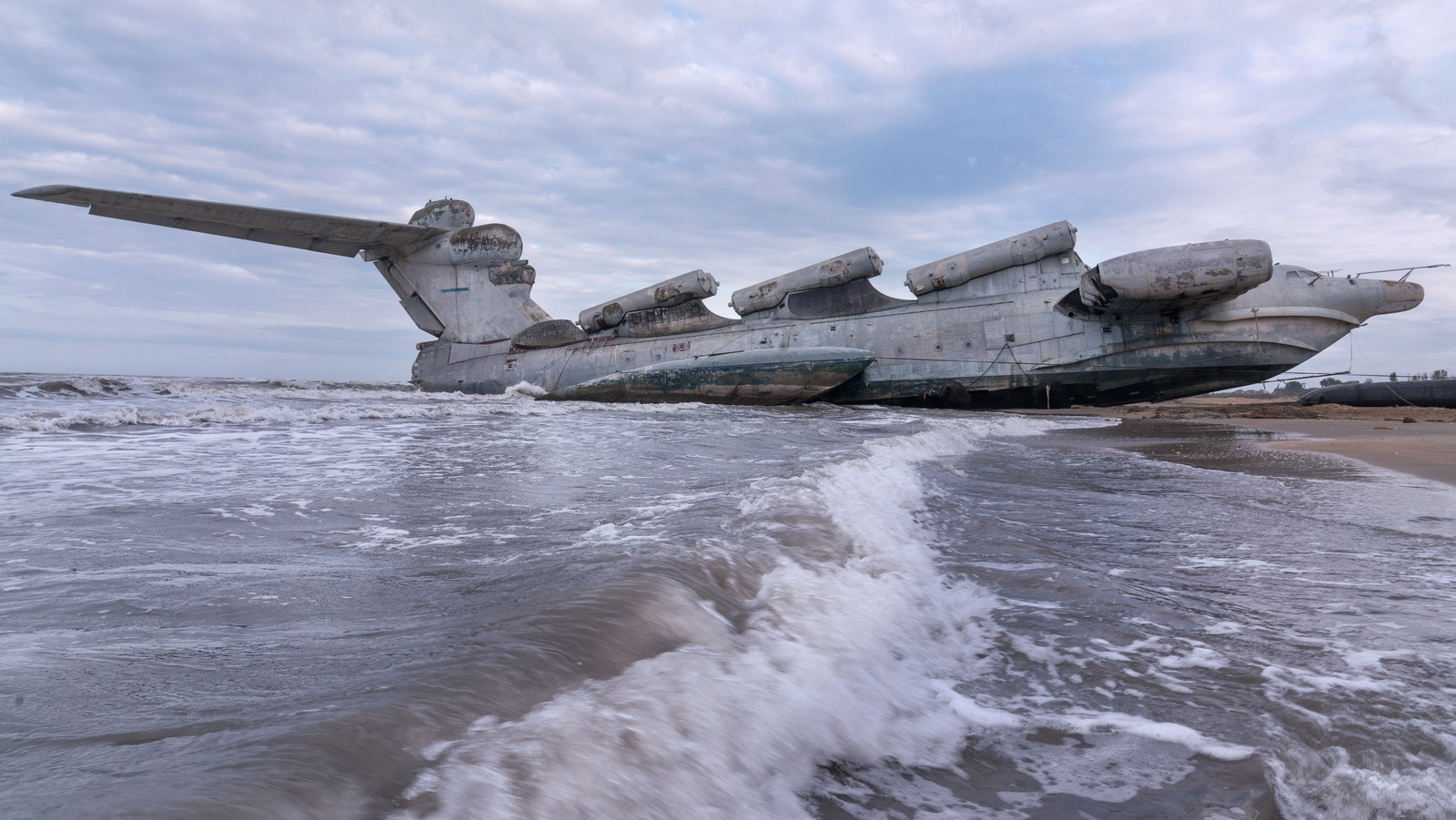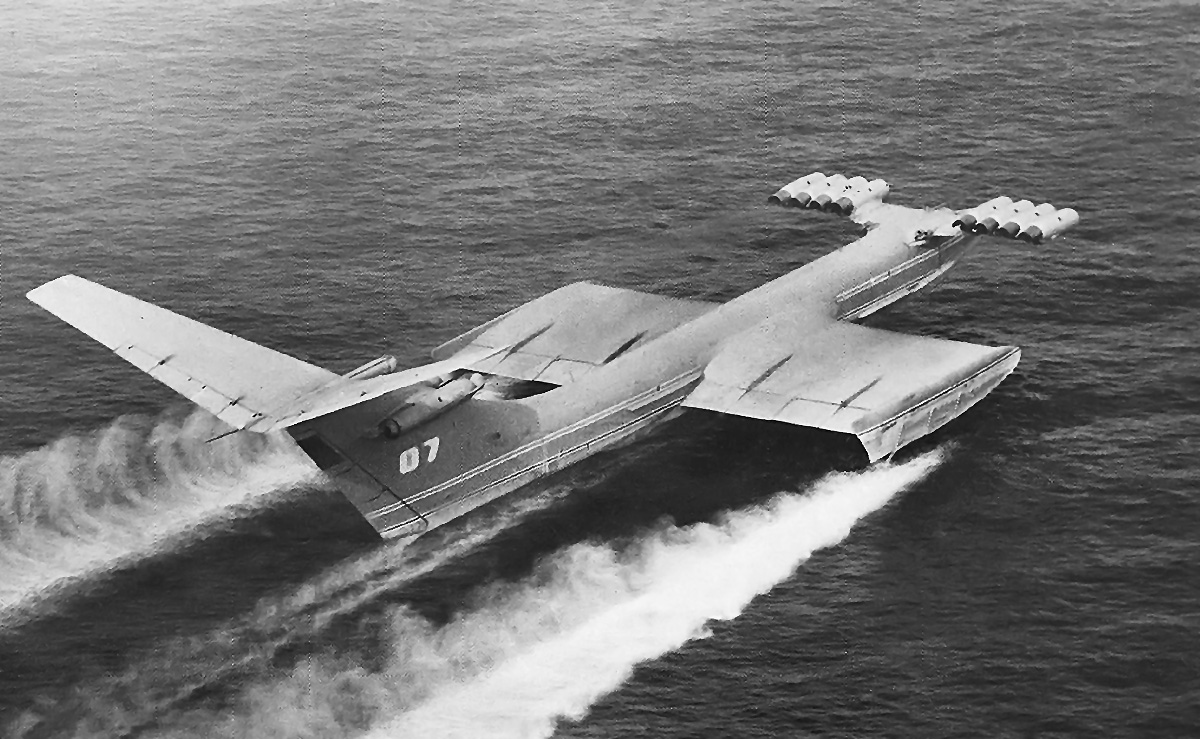The Caspian Sea Monster: Unveiling the Secrets of the KM Ekranoplan
The KM ekranoplan, widely recognized as the Caspian Sea Monster, stands as a remarkable testament to Soviet ingenuity and engineering prowess. This Lun-class ekranoplan represents a captivating fusion of aircraft and ship attributes, offering a unique mode of transportation that defied conventional categorization. Developed clandestinely in the Soviet Union during the 1980s, this ground effect vehicle harnessed the principles of aerodynamics to achieve impressive speeds while skimming just above the water’s surface.
The origins of the KM ekranoplan can be traced back to the Soviet fascination with ground effect vehicles (GEVs) that emerged in the early 20th century. The concept revolves around exploiting the phenomenon of “ground effect,” wherein an aircraft’s lift increases significantly when flying near a surface, such as water. This principle led to the development of ekranoplans, a unique class of vehicles that utilize the ground effect to achieve enhanced performance characteristics.
The Lun-class ekranoplan, often colloquially referred to as the Caspian Sea Monster, boasted an impressive and unconventional design. Resembling a hybrid between an aircraft and a ship, it featured a massive wingspan, a sleek fuselage, and retractable landing gear. This design facilitated the ekranoplan’s ability to glide efficiently above the water’s surface, harnessing the ground effect to minimize drag and increase lift. The vehicle’s layout allowed it to accommodate a range of payloads, further underscoring its versatility.
The groundbreaking innovation behind the Lun-class ekranoplan lay in its adept utilization of ground effect technology. By maintaining a low altitude—typically a few meters above the water—the vehicle capitalized on the cushion of air created between its wings and the surface. This cushion augmented lift and reduced drag, resulting in significantly improved fuel efficiency and higher speeds compared to traditional aircraft. Consequently, the Caspian Sea Monster could achieve speeds of up to 500 kilometers per hour, surpassing the capabilities of many contemporary aircraft.
The development of the KM ekranoplan was shrouded in secrecy, a characteristic that was emblematic of many Soviet military projects. The Soviet Union’s investment in this unique mode of transportation was fueled by its potential military and strategic applications. The ekranoplan’s ability to swiftly traverse large bodies of water with minimal susceptibility to radar detection made it an intriguing prospect for both offensive and defensive purposes.
While the Lun-class ekranoplan never saw widespread deployment or use, its legacy endures as a testament to human innovation and the exploration of unconventional transportation methods. In recent years, the concept of ground effect vehicles has gained renewed interest, with some proposals suggesting their potential for commercial cargo transport and emergency response.
The KM ekranoplan, known famously as the Caspian Sea Monster, remains an enigmatic and iconic creation of Soviet engineering. Its fusion of aircraft and ship attributes, coupled with its exploitation of ground effect technology, sets it apart as a pioneering example of unconventional transportation. As the world continues to explore innovative modes of travel, the Caspian Sea Monster’s legacy serves as a reminder of the endless possibilities that await those who dare to push the boundaries of conventional wisdom.
Hits: 9










